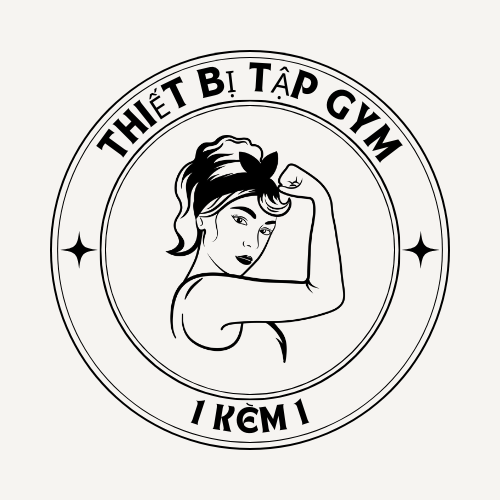Opening Remarks
In 2025, the landscape of male wellness is evolving rapidly. With wearable tech and telemedicine, it’s possible to maximize vitality like never before. This in-depth guide delivers 2000 words of health tips for men in 2025, covering diet, fitness, rest, mindset, preventive care, technology, and daily routines.

1. Nutrition for Peak Performance
Proper nutrition underpins every aspect of health. In 2025, custom meal strategies powered by genetic testing and machine learning enable men to consume the optimal nutrient ratios. Include plant-based proteins and fermented foods for gut health.
2. Exercise in the Digital Age
Physical activity remains non-negotiable for men’s health. 2025’s trend: AI personal trainers deliver instant corrections via VR headsets and biometric trackers. Alternate bodyweight circuits with free weights to prevent plateaus.
Section 3: Sleep
Restorative sleep fuels recovery, cognition, and mood. Wearable rings and patches provide sleep scores and personalized tips. Aim for seven to nine hours nightly, consistent bedtimes, and pre-sleep rituals like deep breathing.
4. Mindset Mastery
A healthy mind is the foundation of a healthy body. Use biofeedback devices for relaxation and peak concentration. Practice journaling and cognitive techniques for emotional balance.
Section 5: Preventive Care
Prevention is the best medicine. Telehealth appointments streamline screenings for PSA tests, cardiovascular risk, and cancer markers. Stay current on vaccinations like influenza, HPV, and COVID-19 boosters.
Section 6: Digital Tools
Digital health tools put control in your hands. Leverage nutrition apps that sync with your fitness data for diet tracking. Telemedicine platforms connect you to specialists worldwide, while digital pharmacies deliver medications to your door.|Implement virtual training for engagement and connected equipment for convenience.}
Section 7: Reproductive Wellness
Open conversations about sexual health reduce stigma. At-home test kits for fertility offer privacy and convenience. Discuss sexual desire with professionals and explore counseling if needed.
Section 8: Natural Remedies
Natural compounds support performance and longevity. Explore adaptogens like Rhodiola for stress relief. Monitor biomarkers to tailor your regimen.
9. Lifestyle Habits
Consistency beats intensity. Practice SPF use and skin care to prevent aging. Optimize posture at workstations, take microbreaks, and stretch to avoid stiffness.
Wrapping Up
Achieving peak health requires synergy of diet, movement, and mindset. Combine preventive screenings with tech solutions for proactive care. Your journey to optimal health is ongoing—commit today, transform tomorrow.

Introduction
In 2025, gaining muscle isn’t just about hitting the gym; it’s about strategic programming and data-driven methods. This in-depth guide will show you how to enhance hypertrophy with nutrition, workouts, recovery, nutrition aids, and digital tools.
Section 1: Diet Essentials
1. Lean Protein Priority
To gain muscle, eat 1.6–2.2g of protein per kilogram of bodyweight daily. Incorporate whey protein powders and vegan protein blends for convenience.
2. Carbs Matter
Include brown rice, sweet potatoes, and fruits to fuel workouts. Use simple carbs like dextrose post-workout.
3. Essential Fatty Acids
Fats support hormone production and joint health. Aim for 20–30% of calories from healthy fats.
4. Hydration
Proper hydration enhances muscle pump. Add electrolytes during long sessions.
Section 2: Workout Principles
1. Overload
Add 2–5% load each week or 1–2 reps per set for consistent gains. Use linear periodization models for variation.
2. Big Lifts
Compound movements engage multiple muscle groups and release anabolic hormones. Alternate heavy and moderate days for optimal adaptation.
3. Single-Joint Movements
Use 2–4 sets of 8–15 reps to complement compound work. Incorporate drop sets and supersets for extra volume.
4. Training Schedule
Use push/pull/legs or full-body routines based on availability. Monitor fatigue and deload every 4–6 weeks.
Section 3: Recovery & Sleep
1. Sleep Quality
Aim for 7–9 hours of restorative sleep nightly to promote recovery.
2. Active Recovery
Enhances nutrient delivery and reduces soreness.
3. Recovery Tactics
Practice deep breathing, yoga, or sauna to improve relaxation.
Section 4: Supplements
1. Whey & Casein
Whey for rapid absorption post-workout; casein for sustained release at night.
2. Creatine Monohydrate
5g daily to enhance strength and cellular hydration.

3. Beta-Alanine
Improves performance.
4. BCAAs & EAAs
Support protein synthesis and prevent muscle breakdown.
5. Micronutrients
Fill gaps in nutrition and support overall health.
Section 5: Digital Tools & Monitoring
1. Trackers
Optimize training load with data.
2. Software
Record sets and analyze progress.
3. Body Composition
Use scales, bod pods, or smart scales for lean mass data.
Section 6: Pro Tips
1. BFR Training
Use BFR bands for low-load hypertrophy sessions.
2. Occlusion Training
Similar to BFR; enhances anabolic signaling.
3. Nutrient Timing
Cycle calories and macros around phases—surplus, cut, and recomp.
4. Endocrine Support
Ensure sleep, stress, and nutrition support testosterone.
5. Novel Agents
Not a substitute for training.
Summary
Improving muscle gain in 2025 requires a holistic approach: precision nutrition, evidence-based workouts, optimal recovery, and effective aids. Stay dedicated, track your progress, and adjust as you evolve.
Source: Medium.com site Semenax
